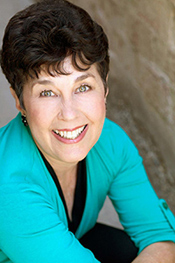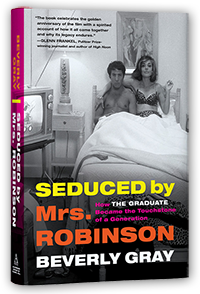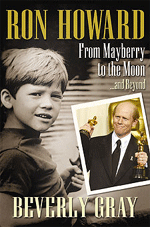I’ve been slow to see Bo
Burnham’s debut feature, Eighth Grade,
and slower to write about it. Maybe I’ve sensed from the start that this modest
film is not for everyone. My husband, for one, just didn’t get what the fuss
was about. Maybe that’s because he’s male, or because he has only a dim
recollection of living through those difficult middle schools years. As for me,
I remember all too well the social struggles of junior high. As we matured at different rates, my “forever”
elementary school pals left me behind, desperately trying to figure out where I
belonged. But at least, I didn’t have to navigate the challenges of 24/7 social
media: it was bad enough to throw parties to which nobody came.
The grade school years seem
to hold great interest for today’s filmmakers. And why not? There was a time,
back in the late Sixties, when the whole artistic focus seemed to be on the
changes undergone by a young person during his or her stay at college. College
was where kids left the safety of home, discovered love and social
responsibility (and sex), and emerged as newly-minted adults. (See Goodbye, Columbus and Getting Straight and any number of films
that took place on and around college campuses.) Later John Hughes and others
explored the world from the point of view of high school students. Hughes was
making movies in the Eighties, but the high school movie is still with us: see
this milieu used to satiric effect in outrageously comic flicks like Mean Girls and Easy A.
We know that high school life
has gotten even more complicated of late. Such big-news events as the college
admissions scandal and a whole string of campus shootings (leading to the
recent suicides of two Parkland students in the aftermath of last year’s
tragedy) chillingly remind us that today’s high schoolers are hardly immune to
the problems of the adult world. But 2017’s Lady
Bird was refreshing – and highly influential to my writing students – in
that it sidesteps the big public catastrophes in favor of paying close
attention to one lively but confused young girl as she transitions from high
school senior to college freshman . The outside world doesn’t much intrude upon
her daily existence in Sacramento, California: there’s plenty of drama going on
inside of her to fuel a ninety-minute story.
Eighth Grade’s
heroine, Kayla Day, is a great deal younger than Christine “Lady Bird”
McPherson. The film follows Kayla through her final days of middle school, just
before she’s en route to high school. To show the gulf that exists between her
and high school seniors like Lady Bird, the script includes a scene in which
the high school kids she’s shadowing marvel that when Snapchat made its debut,
Kayla was only in fifth grade. In other words, pretty much her whole life has
been built around social media technology. Though she has no real-life friends,
she’s constantly going through the motions of affirming her social worth via an
online presence. In person she’s shy, lumpy, and basically ignored as she walks
through the corridors of her school or attends a pool party where she really
isn’t wanted. But on her podcast (viewed by almost no one) she’s chatty as well
as quick to give advice about how to find happiness by being your own best
self.
This is a story for today:
Kayla’s school holds active shooter drillers. But there’s sweetness in the fact
that Kayla’s moment of truth comes from a simple shoebox “time capsule”
reminding her that this too shall pass.








No comments:
Post a Comment